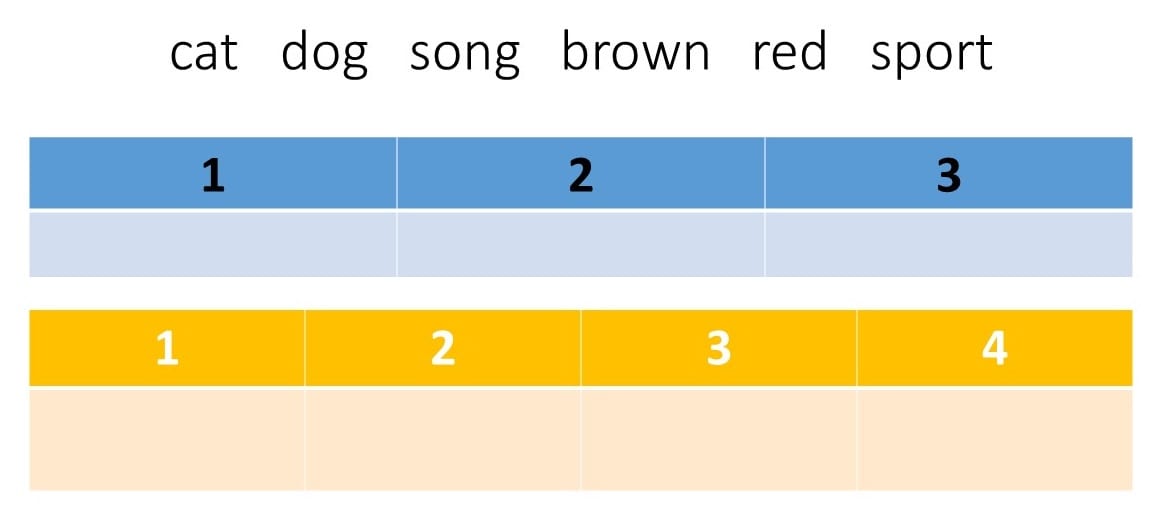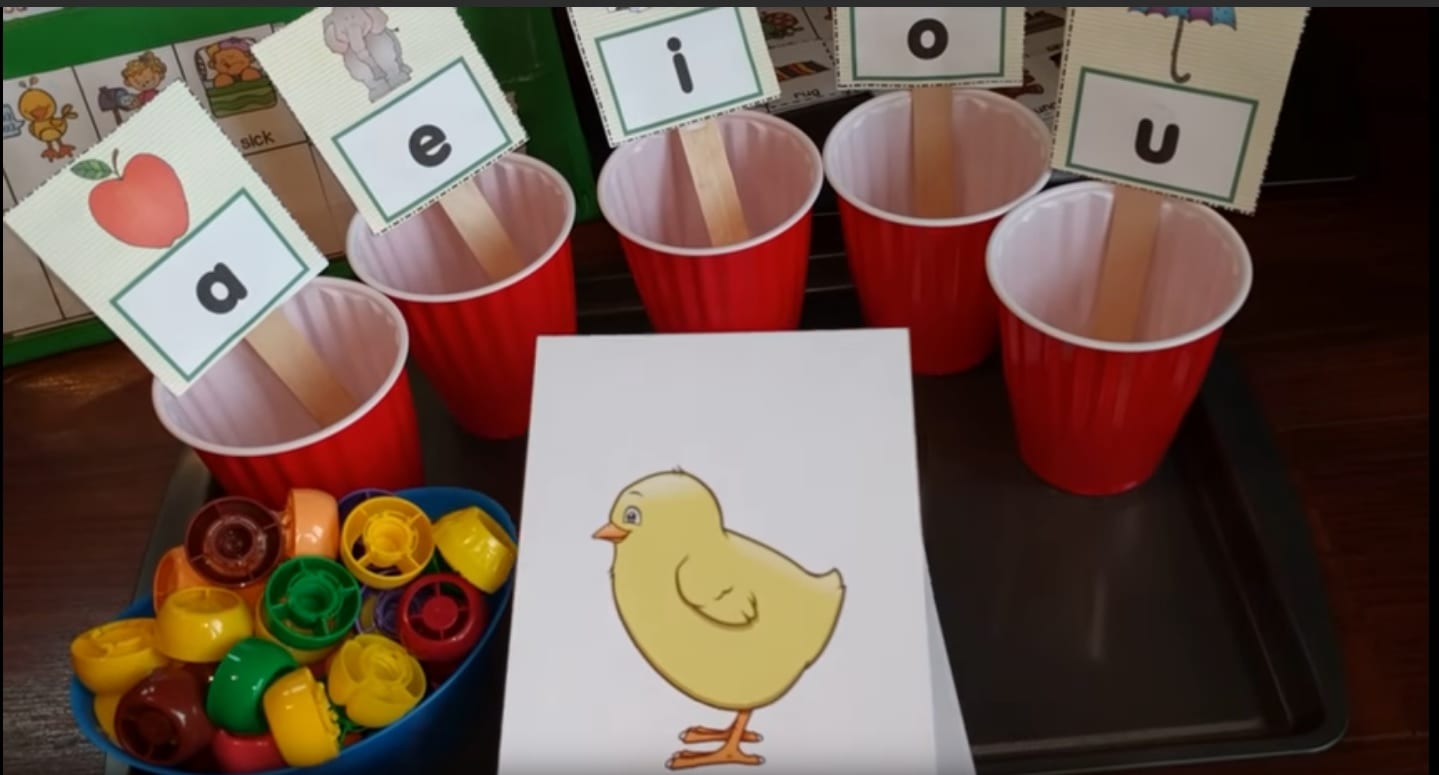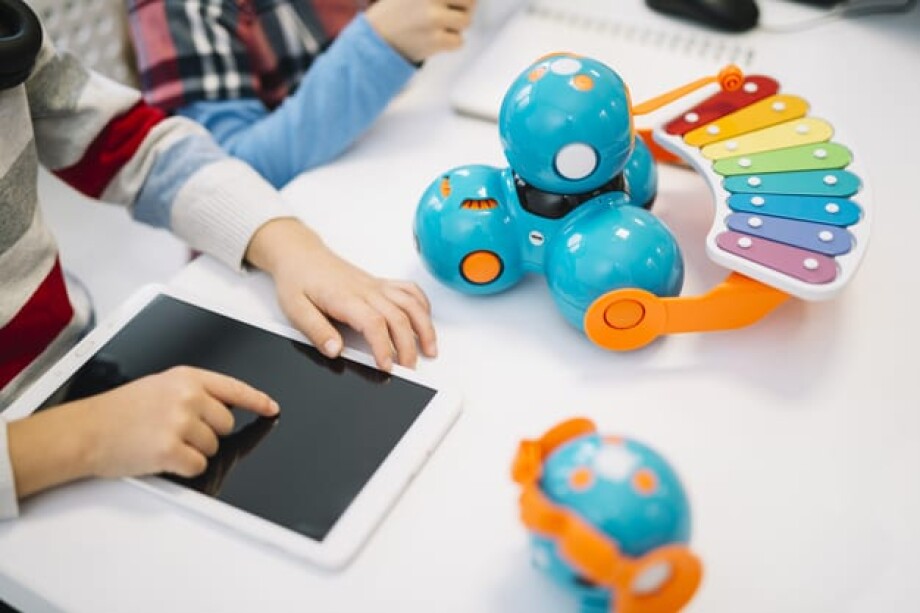A lot of teachers will agree that the hardest part of working with Young Learners is teaching them to read. English is not spelt phonetically so reading in English is challenging. We have already written an article on two methods Phonics and “Look and say”. Phonics is the most widely used, so in this article, we will look at some fun activities of how you can teach phonics.
Materials
There are a lot of great phonics-based materials that can be used in classrooms such as Floppy’s Phonics, Oxford Phonics World, units in Family and Friends, Phonics readers, Funny Phonics.
Having the right materials is only half of the battle. As with anything else in the classroom, success with phonics will also depend on how well you implement the ideas into your lessons. Here are some fun games you can play in lessons.
Activities
- Phonics Bingo
Prepare a set of cards with phonics and put them in a hat or bowl. Give each student a unique bingo card with pictures representing the phonics. Draw one word from the hat/bowl and read it aloud. Students put an «X» over that word if they have it on their bingo card.
The first student to have 5 X’s (horizontally, vertically, or diagonally) is the winner.
- I touch with my little finger
The game is similar to the game “I spy with my little eye something starting with …” Put different objects, which you used to present phonics, into a bag. Ask one student to touch an object in the bag and name the first sound of the word. Other students should guess what word it is.
As an alternative, put letters in the bag, ask a student to touch the letter and say a word starting with this letter. Other students should name the phonics.
- Battleship Phonics
The game is based on the popular game Battleship. Draw a grid on the board with initial sounds written at the top, and medial and final sounds written down on the left side of the grid. Explain that you have chosen a few squares as ‘special squares’ that students should find. Students should say a whole word made up of a letter at the top and the side of the grid. The intersection of this row and column highlights a particular square. The purpose of the game is to find all the special locations the teacher has chosen.
- Word split
Give out the words and grids. Ask students to put the words into the boxes according to the number of phonemes (e.g. c-a-t, s-o-ng).
 A variation of the game involves students joining large plastic construction bricks (Lego). Prepare bricks, each phoneme on a brick. Present the bricks separately with a sound spelling written (e.g. j-oi-n) and ask students to find the right bricks to make words, push the bricks together and say the word.
A variation of the game involves students joining large plastic construction bricks (Lego). Prepare bricks, each phoneme on a brick. Present the bricks separately with a sound spelling written (e.g. j-oi-n) and ask students to find the right bricks to make words, push the bricks together and say the word.
- Phonics cups
Prepare a set of cups (the number depends on the number of phonics you’re going to practice) with the label (phonics). In the lesson, show the cards with pictures or say the word, students should but a small object (a sweet or something like this) into the cup with the corresponding phonics. If students place a sweet into the wrong cup, the teacher takes all the sweets from that cup away and the students start collecting sweets again. When the teacher has shown or names all the prepared flashcards, the game is over and the student can eat all collected sweets.

Have productive lessons!






 Вероника Аветисян
Вероника Аветисян 
 Маргарита Аветисян
Маргарита Аветисян 


